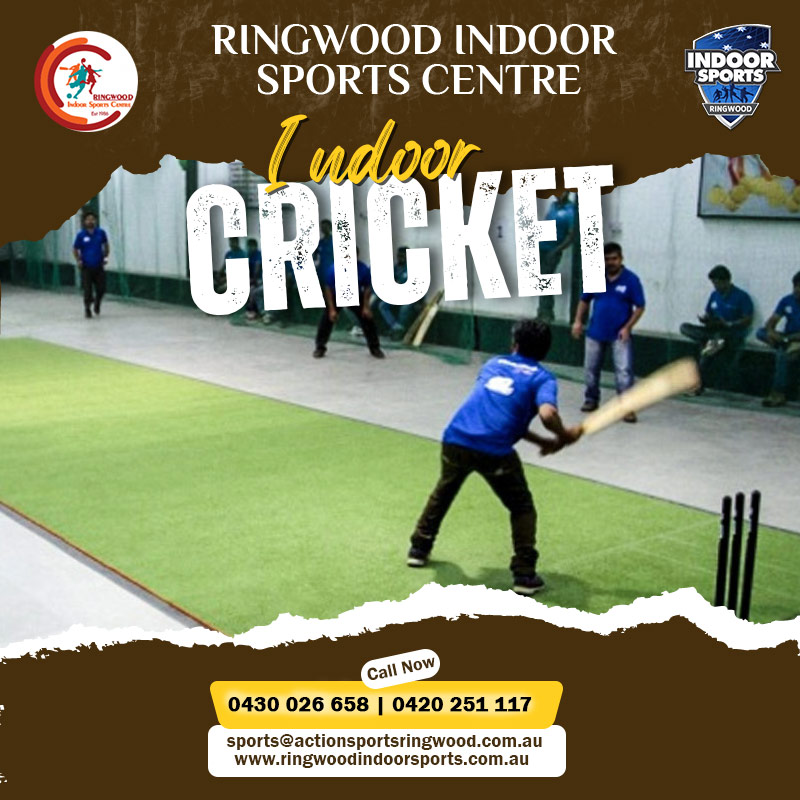
Indoor sports have gained significant popularity due to their accessibility, weather independence, and the thrill they bring to athletes and spectators alike. Central to this experience are indoor sports stadiums, purpose-built venues that cater to a variety of activities ranging from cricket and soccer to volleyball and basketball. These stadiums play a crucial role in fostering community engagement, promoting physical fitness, and supporting competitive sports events.
Importance of Quality Stadiums for Indoor Sports
The quality of indoor sports stadiums directly impacts the overall experience of athletes and spectators. Unlike outdoor venues, indoor stadiums offer controlled environments that eliminate weather-related disruptions, ensuring consistent playing conditions. This reliability makes them ideal for year-round sports activities and competitions, enhancing the accessibility and inclusivity of sports participation.
Features of Top Action Indoor Sports Stadiums
Size and Layout of Stadiums
Indoor sports stadiums vary in size and layout depending on the specific sports they accommodate. Larger stadiums often feature multiple courts or fields, allowing for simultaneous games and tournaments. The layout is meticulously designed to optimize space utilization while providing adequate spectator seating and amenities.
Facilities Available
Modern indoor sports stadiums boast comprehensive facilities to cater to the needs of athletes and spectators alike. These include spacious changing rooms equipped with lockers and showers, ensuring comfort and convenience for participants. State-of-the-art equipment, such as goalposts, nets, and court markings, is meticulously maintained to meet professional standards.
Technology Integration
Technology plays a pivotal role in enhancing the spectator experience and facilitating fair play within indoor sports stadiums. Scoreboards with real-time updates, advanced lighting systems for optimal visibility, and integrated sound systems amplify the atmosphere during games. High-definition video screens and instant replay capabilities provide viewers with detailed insights into the action on the field or court.
Case Studies of Well-Known Action Indoor Sports Stadiums
Examples from Around the World
Internationally renowned indoor sports stadiums include iconic venues like Madison Square Garden in New York City and the O2 Arena in London. These stadiums have hosted a myriad of sporting events, from basketball and ice hockey to concerts and entertainment shows. Their versatile infrastructure and central locations have made them cultural landmarks and hubs for global sports enthusiasts.
Impact on Local Communities
Locally, indoor sports stadiums contribute significantly to the social and economic fabric of communities. They serve as gathering places for sports fans, fostering a sense of community pride and identity. Stadium events attract visitors from near and far, stimulating local businesses such as hotels, restaurants, and retail shops. Moreover, these venues provide employment opportunities and support local sports clubs and youth development programs.
Future Trends in Action Indoor Sports Stadiums
Innovations in Stadium Design
The future of indoor sports stadiums is characterized by innovative design concepts aimed at enhancing user experience and operational efficiency. Architects and engineers are exploring sustainable building practices, incorporating renewable energy sources and eco-friendly materials. Flexible stadium configurations that accommodate different sports and events seamlessly are also gaining traction.
Sustainability Initiatives
In response to global environmental challenges, indoor sports stadiums are increasingly adopting sustainability initiatives. These include energy-efficient lighting and HVAC systems, water-saving measures, and waste management strategies. Some stadiums are pursuing green building certifications, demonstrating their commitment to environmental stewardship and responsible resource management.
Indoor sports stadiums play a pivotal role in promoting sports participation, fostering community engagement, and enhancing the overall indoor sports experience. Their importance lies not only in providing reliable and conducive environments for athletes but also in serving as cultural and economic assets for local communities. As we look to the future, innovations in stadium design and sustainability initiatives will continue to shape the landscape of action indoor sports, ensuring these venues remain vibrant hubs of athletic excellence and community spirit.






